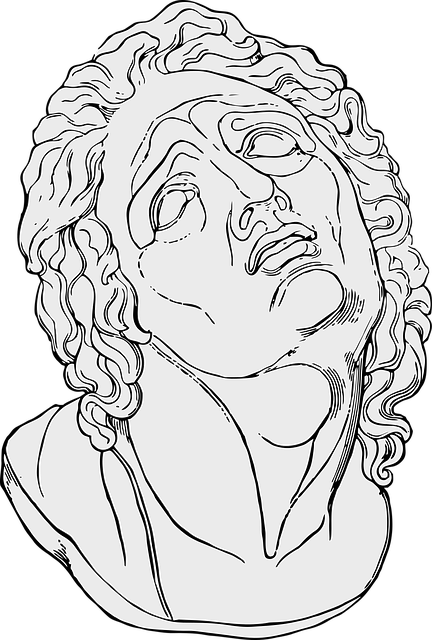Auto accidents frequently cause sciatica, a lower back and leg condition due to compressed or irritated sciatic nerves. Chiropractors provide effective, non-invasive treatments including adjustments, soft tissue therapy, and exercises to relieve nerve compression, reduce inflammation, and promote healing. These methods aim to restore spine alignment, offering lasting relief from sciatic pain post-accident. After a car crash, chiropractic care plays a key role in managing sciatica by providing specialized treatment, preventing recurring symptoms, and promoting long-term recovery through regular check-ups, muscle strengthening, good posture, stretching, and low-impact exercises.
After a car accident, managing sciatica pain is crucial for long-term recovery. This article explores effective strategies to combat sciatic discomfort beyond immediate care. We delve into understanding sciatica’s origins post-accident and how chiropractic treatment offers a holistic approach to lasting relief. Additionally, we provide valuable recovery and prevention techniques to minimize the risk of future incidents, focusing on natural remedies and lifestyle adjustments. Discover how these methods can enhance your journey towards a pain-free life after an auto accident.
- Understanding Sciatica After an Auto Accident
- Chiropractic Care: A Holistic Approach to Long-Term Relief
- Recovery and Prevention Strategies for Future Incidents
Understanding Sciatica After an Auto Accident

Sciatica, or lower back and leg pain, is a common result of auto accidents. It occurs when the sciatic nerve, which runs from the spine through the hips and legs, becomes compressed or irritated. After a car crash, impact forces can cause injuries to the spinal column, surrounding muscles, and nerves—all of which contribute to sciatica symptoms. The pain might radiate from the lower back down one or both legs, sometimes reaching the feet.
Auto Accident Chiropractic treatment for sciatica focuses on addressing these underlying causes. Chiropractors utilize a range of non-invasive techniques, including adjustments, soft tissue therapy, and exercises, to reduce nerve compression, alleviate inflammation, and promote healing. These methods aim to restore proper alignment and function to the spine, offering long-term relief from sciatic pain post-accident.
Chiropractic Care: A Holistic Approach to Long-Term Relief

Recovery and Prevention Strategies for Future Incidents

After an auto accident, managing sciatica requires a multifaceted approach. While immediate relief is crucial, long-term care focuses on prevention to avoid future incidents. Auto accident chiropractic treatment for sciatica plays a vital role in this process. Chiropractors can offer specialized adjustments and therapy to alleviate pain and improve nerve function. This includes manual manipulation of the spine, targeted exercises, and recommendations for lifestyle changes.
To prevent recurring sciatica, individuals should maintain regular check-ups with their chiropractor. Strengthening core muscles and practicing good posture are essential. Additionally, adopting a flexible routine that incorporates stretching and low-impact exercises can enhance overall spinal health. Early intervention and consistent care post-accident significantly contribute to long-term recovery and reduction of sciatic pain episodes.
After an auto accident, managing long-term sciatica requires a comprehensive strategy. While understanding the condition is crucial, seeking specialized care like chiropractic treatment for sciatica can offer holistic relief. By combining recovery and prevention strategies, individuals can navigate future incidents effectively and reclaim their quality of life. Remember, prompt action and consistent care are key to achieving lasting results.














